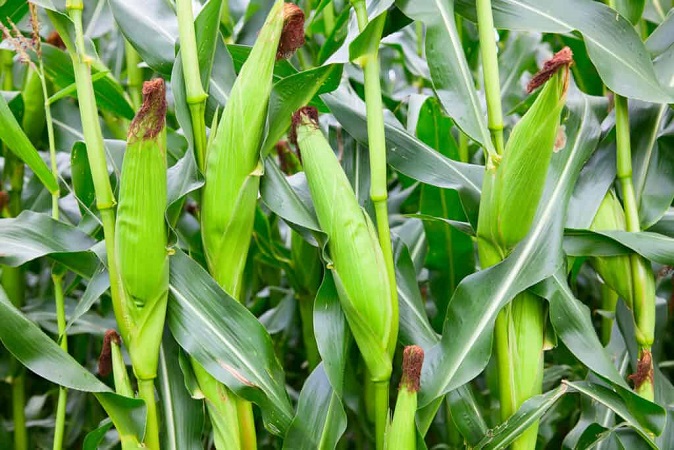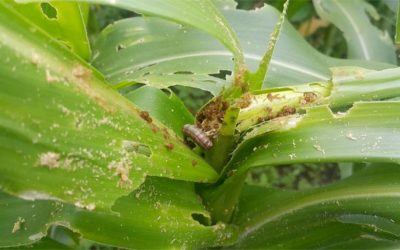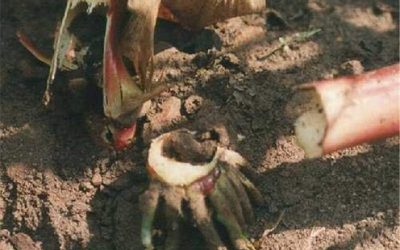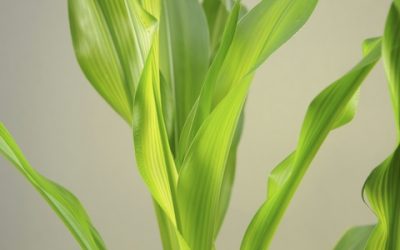Guide to bountiful harvest.

Agriculture in Uganda is almost entirely rain-fed. The second rainy season begins mid-August for most parts of the country. But according to the Uganda Meteorological Authority, it will be a short season.
Parts of the country that receive a bimodal rainfall pattern spread over two growing seasons (May-May and September-December).
Farming systems in Uganda are diverse, ranging from livestock-based systems in semi-arid areas to mixed crop-livestock systems in more humid regions. Farmers should be cautious about what they plant as well as following the best agronomic practices for a bountiful harvest.
A good harvest, however, is useless if there is no market for the produce. Economically-oriented farmers should therefore grow crops that are marketable with an eye on the festive season.
According to extension workers, a primer involves key steps including soil testing, building a budget, fertiliser management as well as weed control and management.
In some cropping systems, mulching, inter-cropping and planting of food security crops is a recommended strategy to enhance agricultural productivity.
Low productivity in Uganda is often associated with droughts, pests and diseases as well as limited use of external inputs, especially quality seed and fertilisers.
Burning residue grasses apart from thorny plants, during ploughing has disastrous results on the ecosystem.
Maize
Maize is an important food and income security crop in Uganda supporting millions of small-scale farmers.
Experts are concerned about the low yields which are estimated at an average of 2.2-2.5 metric tonnes per hectare compared to the potential of 8 MT/ha.
Ahead of the planting season, apart from production challenges, post-harvest losses and aflatoxin contamination, among others, are major constraints that must be addressed from the onset.
Pre-planting activities such as site selection, land preparation, basal fertiliser application and planting are crucial to profitable production. Water logged areas as well as clay and sandy soils must be avoided before any site can be chosen.
By now, the land should be prepared; free of tree stumps, termite mounds, and should have been ploughed.
We recommend land preparation to begin either at the end of the harvesting period or at least three weeks before planting to allow breakdown of organic matter. The land should also be ploughed at least twice before planting.
During the first ploughing, manure should be added to allow adequate time for decomposing. The application rate is between 4-6 tonnes per acre.
Quality seed is important and he prefers hybrids which he says are higher yielding, resistant to pests and diseases and have a shorter growing season than traditional varieties.
Care should be taken while buying seeds. Mugerwa says that seeds indicated as F1 cannot be replanted the next season.
Planting should be done on the onset of rains. Early planting takes advantage of the nitrogen flush effect which is the release of accumulated nitrogen in the soil during the dry season.


